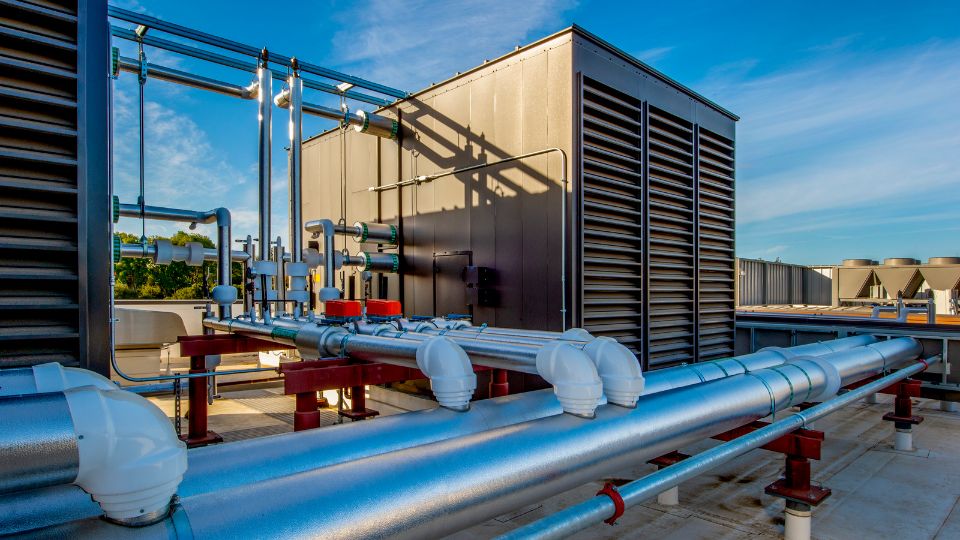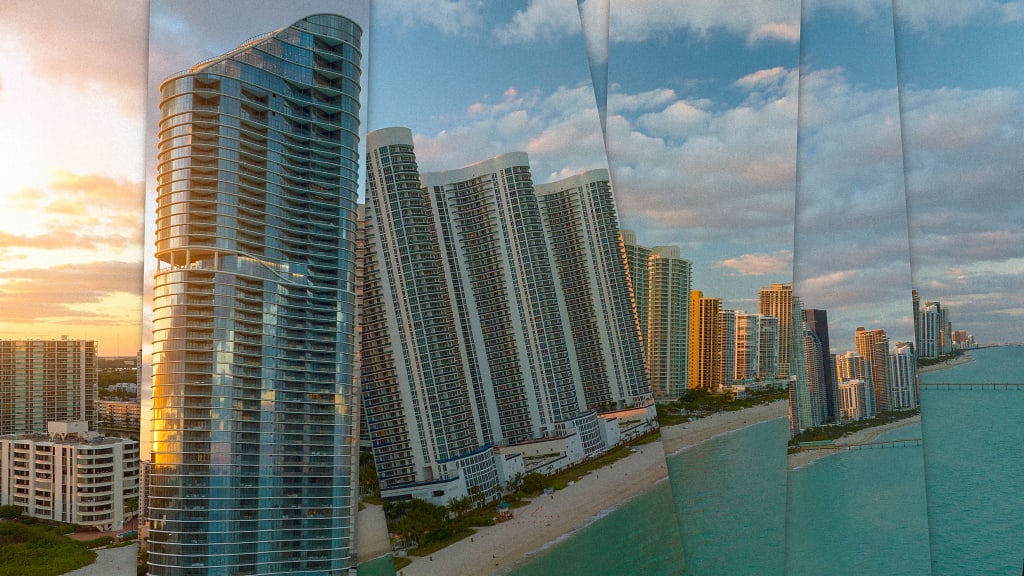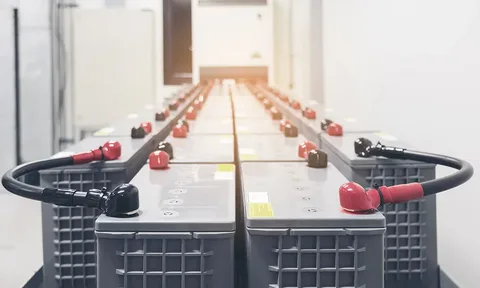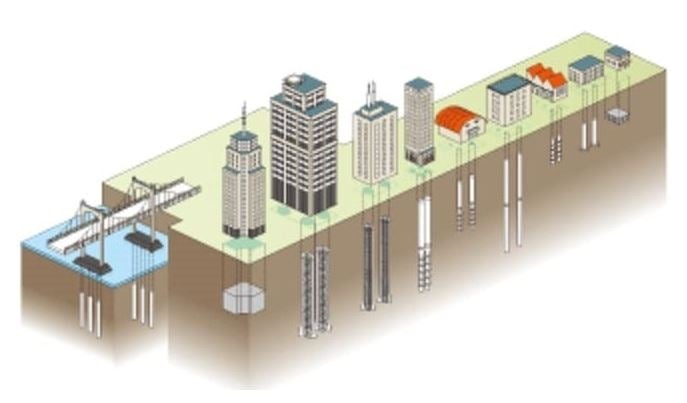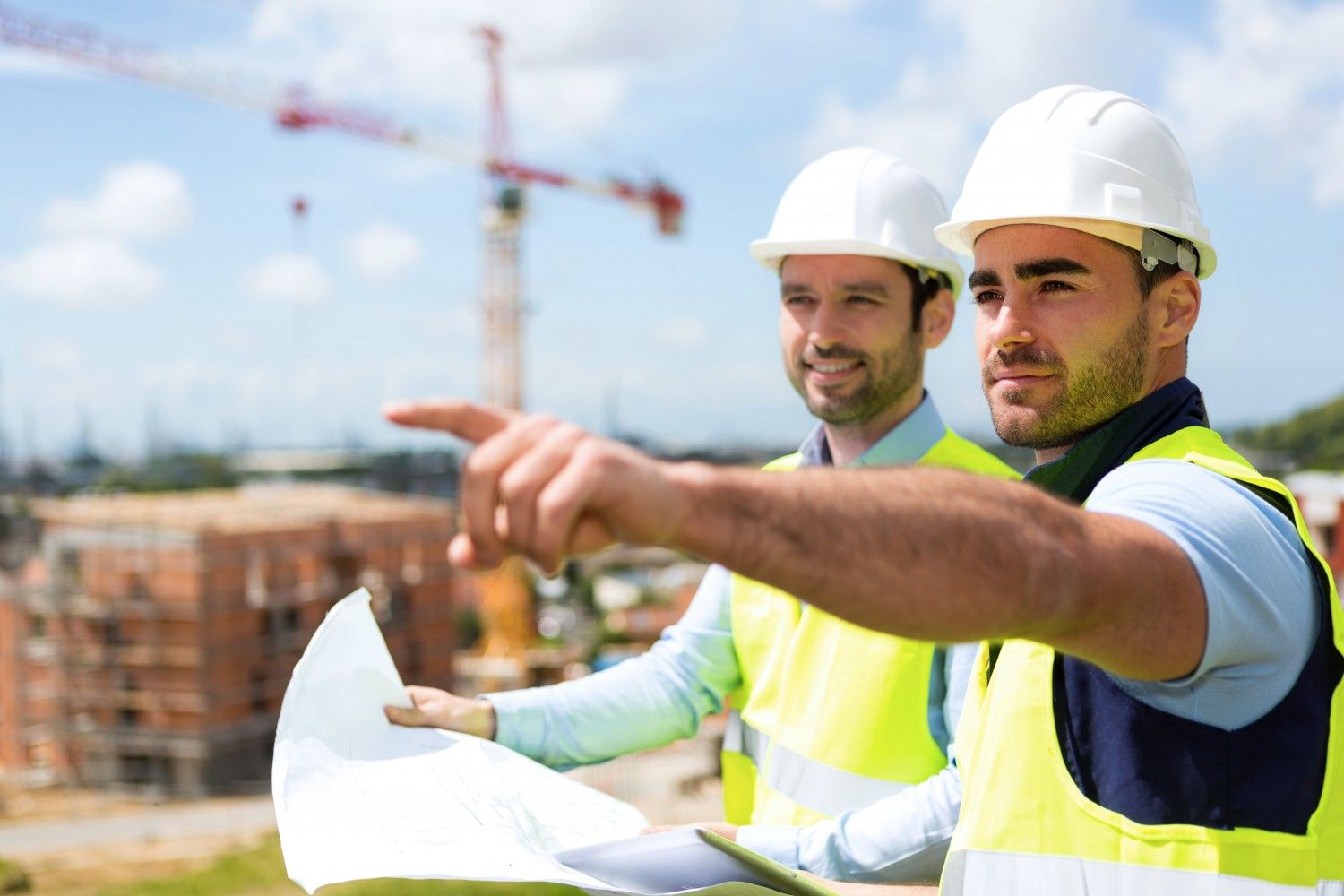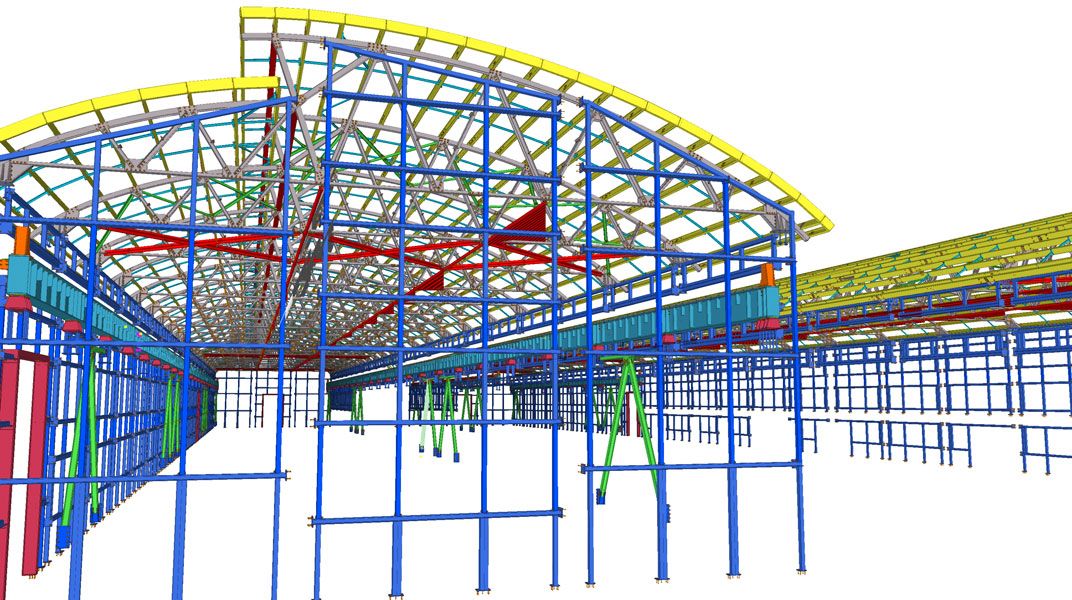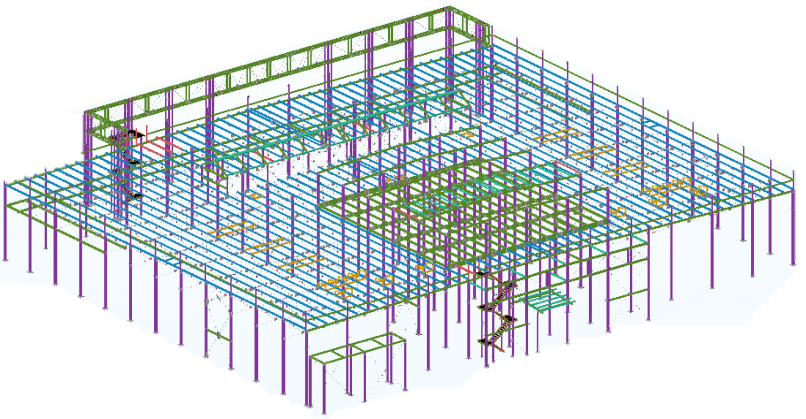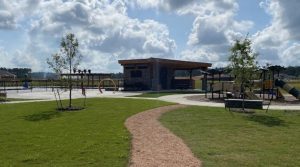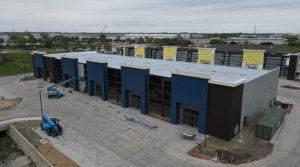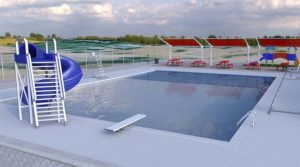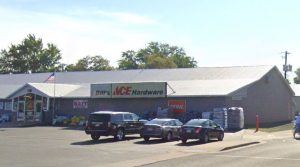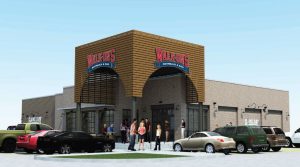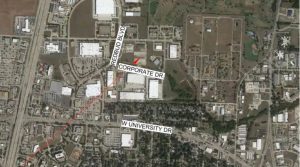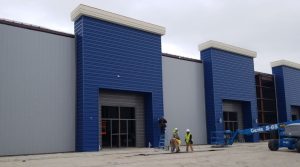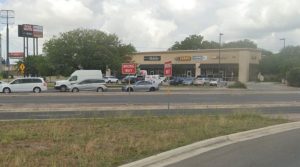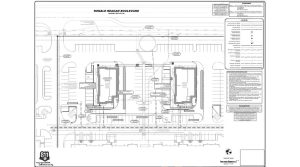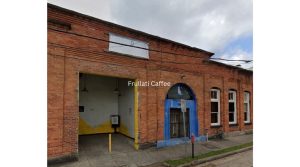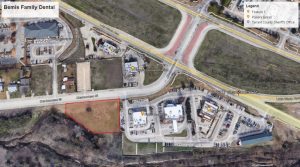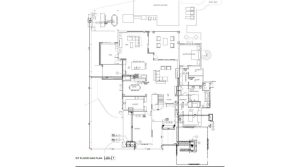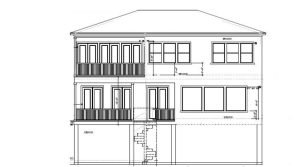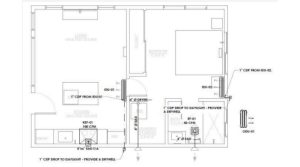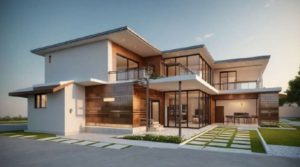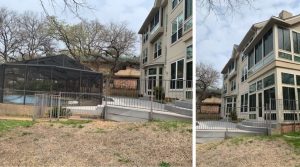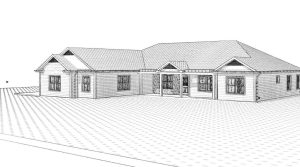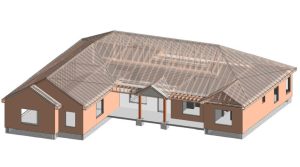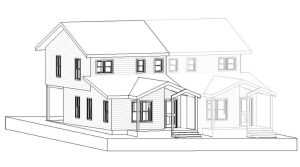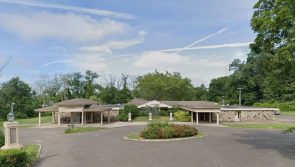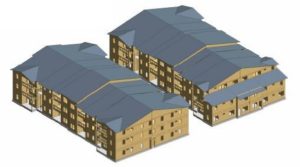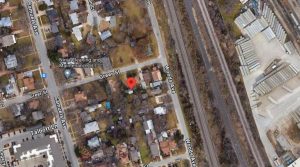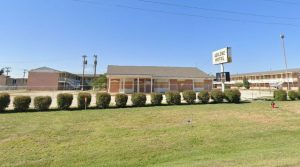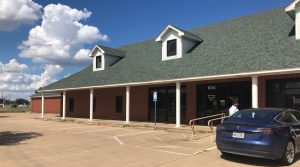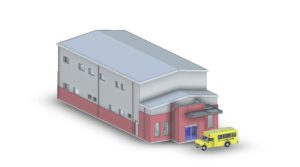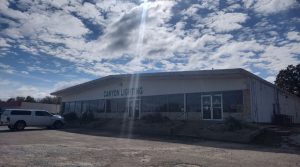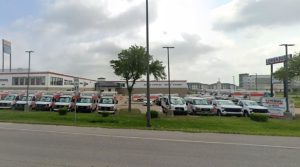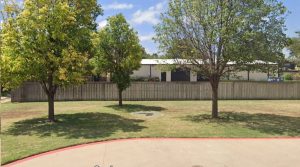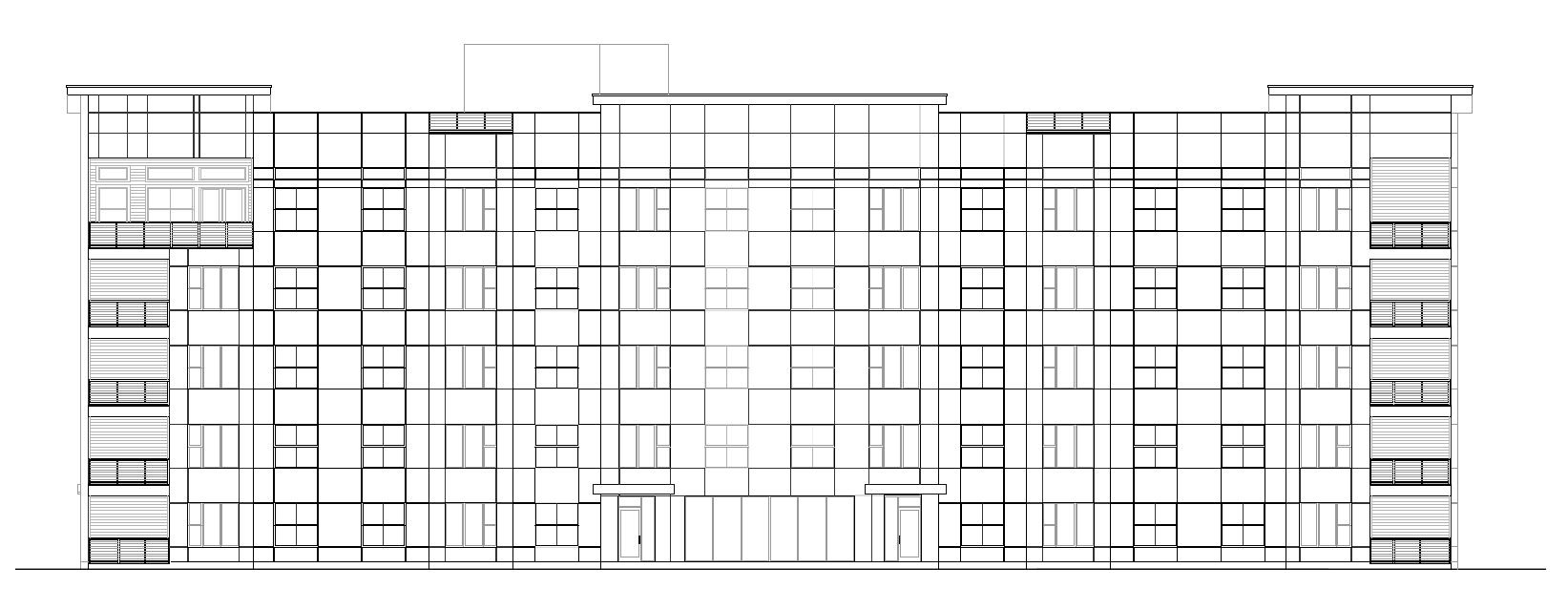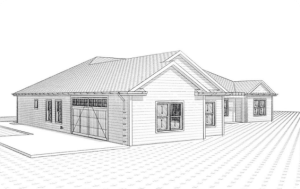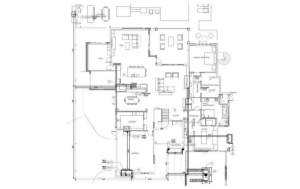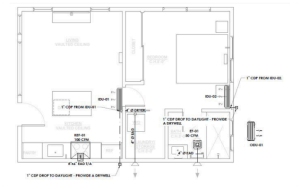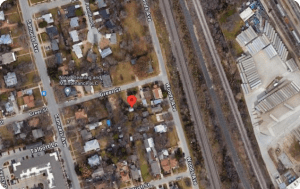Common Mistakes in Steel Structure Design & How to Avoid Them
Below are some of the most frequent mistakes we see in Structural Steel Design, organized by category. For each mistake, we outline what causes it, what the consequences are, and how to prevent it.
1. Incorrect or Incomplete Load Assumptions
What goes wrong:
• Ignoring certain types of loads such as accidental loads, wind loads, seismic loads, snow loads, or loads caused during uplift or erection.
• Using generic or catalog values without adapting to local conditions.
• Using improper load combinations.
Consequences:
• Under designed members that may fail or move beyond acceptable deflection.
• Overspecification of steel, increasing cost unnecessarily.
• Long term performance issues due to unanticipated loads (vibration, fatigue).
How to avoid:
• Conduct a thorough site and climate analysis (wind, snow, seismic).
• Use building codes (local, regional) to get correct load combinations.
• Incorporate accidental and erection loads in preliminary design.
• Validate load assumptions with structural modeling, peer review.
Example: A steel warehouse in a cold region ignored snow drift on low slope roof overhangs, resulting in local collapse of roof panels. Including drift in load calculations could have prevented the failure.
2. Neglecting Stability & Buckling Issues
What goes wrong:
- Not checking lateral torsional buckling in beams.
- Skipping global stability checks for columns and bracing.
- Missing bracing during erection.
Consequences:
- Instability during construction even if final design seems correct.
- Excess deflection, warping, or sudden structural failure.
How to avoid:
Run stability and buckling models..
Apply steel design standards such as AISC, Eurocode, or local codes.
Include bracing and temporary supports in erection plans.
3. Weak or Faulty Connection Details
What goes wrong:
- Using weak welds or bolts.
- Designing impractical connections for fabrication.
- Ignoring connection flexibility in analysis.
Consequences:
- Stress concentrations at critical points.
- Delays or mismatches during fabrication.
- Fatigue cracks forming at joints.
How to avoid:
Involve fabricators early in design.
Use standardized connection details when possible.
Specify welds, bolts, and spacing carefully.
Model connection stiffness where relevant.
4. Over-Optimistic Sizing / Ignoring Serviceability
What goes wrong:
- Focusing only on strength while ignoring deflection and vibration.
- Underestimating long spans, occupancy loads, or machinery impact.
Consequences:
- Discomfort due to vibration.
- Cracks or fatigue from repeated movement.
How to avoid:
Add stiffness with web stiffeners or stronger sections.
Perform serviceability checks for deflection and vibration.
Use modeling tools to simulate real use conditions.
5. Ignoring Fabrication, Erection, and Constructability
What goes wrong:
• Designing members or assemblies that are hard or expensive to transport, lift or assemble on site.
• Ignoring tolerances, clearances, welding access.
• Lack of temporary support or erection sequencing.
How to avoid:
• Include serviceability checks (deflection limits, vibration frequencies) in structural analysis.
• Use comprehensive modelling tools that simulate real use conditions.
• Introduce stiffness where needed – web stiffeners, proper section choice.
Consequences:
• Delays during erection, extra cost for rigging or adjustments.
• Potential safety issues on site.
• Risk of distortion or misfit.
How to avoid:
• Collaborate with fabricators early; understand their capacity and constraints.
• Define erection sequence and temporary supports in design.
• Build in tolerances and clearance in connection and member layout.
• Use shop drawings and mock ups when necessary.
6. Poor Corrosion Protection and Material Choices
What goes wrong:
• Using steel grades that aren’t appropriate for environmental exposure (humidity, salt, industrial atmosphere).
• Skipping protective coatings or galvanization.
• Improper detailing that traps water or allows rust buildup.
Consequences:
• Accelerated deterioration, increased maintenance.
• Loss of structural integrity over time.
• Reduced lifespan.
How to avoid:
• Choose appropriate steel with proper coatings (galvanized, weathering steel, paint) based on exposure.
• Detail to avoid water traps (slope surfaces, drip edges).
• Use regular inspection & maintenance.
7. Fatigue and Cyclic Load Oversights
What goes wrong:
• Not considering repeated or cyclic loads (wind + vibration + machinery) over time.
• Assuming static loads only.
Consequences:
• Cracks developing at welded or bolted connections, holes, or where stress concentrates.
• Unexpected failures or damage long after construction.
How to avoid:
• Use fatigue analysis for parts expected to see cyclic loads.
• Design details to reduce stress concentrations (smooth transitions, avoid sharp corners).
• Use high quality welds and bolt connections.
8. Poor Coordination & Interdisciplinary Clash
What goes wrong:
• Steel structure clashes with mechanical, electrical, plumbing (MEP) systems. Holes mismatched, beams in the way of ducts.
• Structural design carried out without early coordination with architects, MEP, façade, etc.
Consequences:
• Last minute changes, field modification, rework.
• Delays and increased costs.
How to avoid:
• Bring all major disciplines together early.
• Use Building Information Modeling (BIM) or 3D modeling.
• Clash detection tools.
• Allow room in design for service penetration, coordination zones.
9. Inadequate Redundancy or Lack of Fail Safe Design
What goes wrong:
• Designing a structure which has one critical member whose failure causes major collapse (non redundant).
• Not planning for worst case scenarios or accidental loads.
Consequences:
• Collapse or severe damage if unexpected load or damage occurs.
• Safety risk.
How to avoid:
• Introduce redundant load paths.
• Design for alternate load cases.
• Include accidental load combinations in code.
10. Ignoring Code Updates or Local Regulations
What goes wrong:
• Using outdated versions of steel design code.
• Not adapting to local environmental or regulatory conditions (seismic zone, wind zone, fire resistance).
Consequences:
• Non compliance, risk of legal issues or failing inspections.
• Safety hazards.
How to avoid:
• Always check the latest version of relevant codes (AISC, Eurocode, local/regional).
• Ensure fire resistance, connections, material standards, load combinations are up to date.
• Engage local authorities early in the design process.
How GDI Engineering Helps You Avoid Mistakes in Steel Structure Design
At GDI Engineering, our approach focuses on proactive prevention and rigorous design oversight. Here’s how we help:
• We begin every project with full understanding of site conditions, relevant local codes, load history, environmental exposure.
• We use advanced modeling tools and peer reviews to verify stability, load paths, connection integrity, and serviceability.
• Our team collaborates closely with fabricators and erectors to ensure designs are buildable and realistic.
• We pay special attention to corrosion protection, finish, environmental durability.
• We document everything clearly—shop drawings, field modifications, as built plans.
If you want high quality Steel Structure Design that is safe, efficient, compliant, and built right, we invite you to explore our Steel Structure services: https://gdiengdesign.com/steel-structure/.
